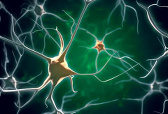 The Psychologist has a fascinating article on how neuroscience fits in to our understanding of mental illness and what practical benefit brain science has – in lieu of the fact that it currently doesn’t really help us a great deal in the clinic.
The Psychologist has a fascinating article on how neuroscience fits in to our understanding of mental illness and what practical benefit brain science has – in lieu of the fact that it currently doesn’t really help us a great deal in the clinic.
It is full of useful ways of thinking about how neuroscience fits into our view of mental distress.
The following is a really crucial section, that talks about the difference between proximal (closer) and distal (more distant) causes.
In essence, rather than talking about causes we’re probably better off talking about causal pathways – chains of events that can lead to a problem – which can include common elements but different people can arrive at the same difficulty in different ways.
A useful notion is to consider different types of causes of symptoms lying on a spectrum, the extremes of which I will term ‘proximal’ and ‘distal’. Proximal causes are directly related to the mechanisms driving symptoms, and are useful targets for treatment; they are often identified through basic science research. For example, lung cancer is (proximally) caused by malfunction in the machinery that regulates cell division. Traditional lung cancer treatments tackle this cause by removing the malfunctioning cells (surgery) or killing them (standard chemotherapy and radiotherapy)…
By contrast, distal causes are indirectly related to the mechanisms driving symptoms, and are useful targets for prevention; they are often identified through epidemiology research. Again, take the example of lung cancer, which is (distally) caused by cigarette smoking in the majority of cases, though it must be caused by other factors in people who have never smoked. These could be genetic (lung cancer is heritable), other types of environmental trigger (e.g. radon gas exposure) or some interaction between the two. Given the overwhelming evidence that lung cancer is (distally) caused by smoking, efforts at prevention rightly focus on reducing its incidence. However, after a tumour has developed an oncologist must focus on the proximal cause when proposing a course of treatment…
The majority of studies of depression have focused on distal causes (which psychologists might consider ‘underlying’). These include: heritability and genetics; hormonal and immune factors; upbringing and early life experience; and personality. More proximal causes include: various forms of stress, particularly social; high-level psychological constructs derived from cognitive theories (e.g. dysfunctional negative schemata); low-level constructs such as negative information processing biases (also important in anxiety); and disrupted transmission in neurotransmitter systems such as serotonin.
It’s not a light read, but it is well worth diving into it for a more in-depth treatment of the brain and mental illness.
Link to Psychologist article neuroscience and mental health.
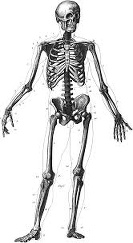 The Neurologist has a fascinating
The Neurologist has a fascinating 
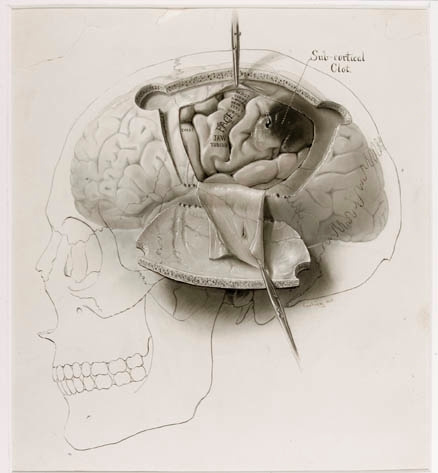
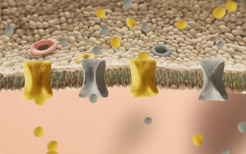 The Fundamentals of Neuroscience is a free online
The Fundamentals of Neuroscience is a free online 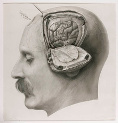 An
An  I’ve written a
I’ve written a 
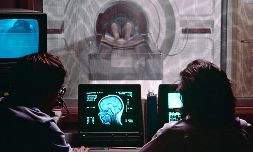 I’ve got an
I’ve got an 
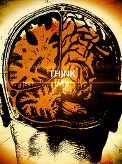

 I’ve got an
I’ve got an